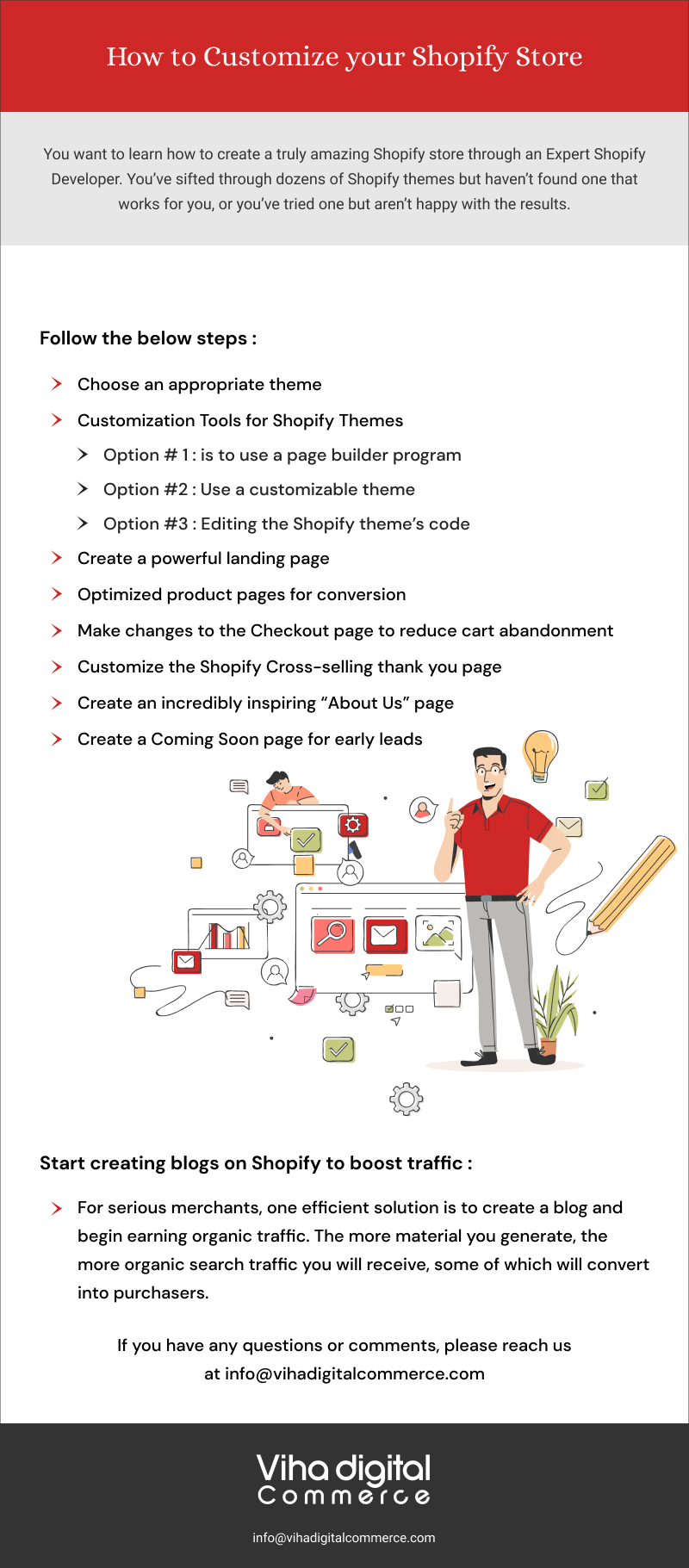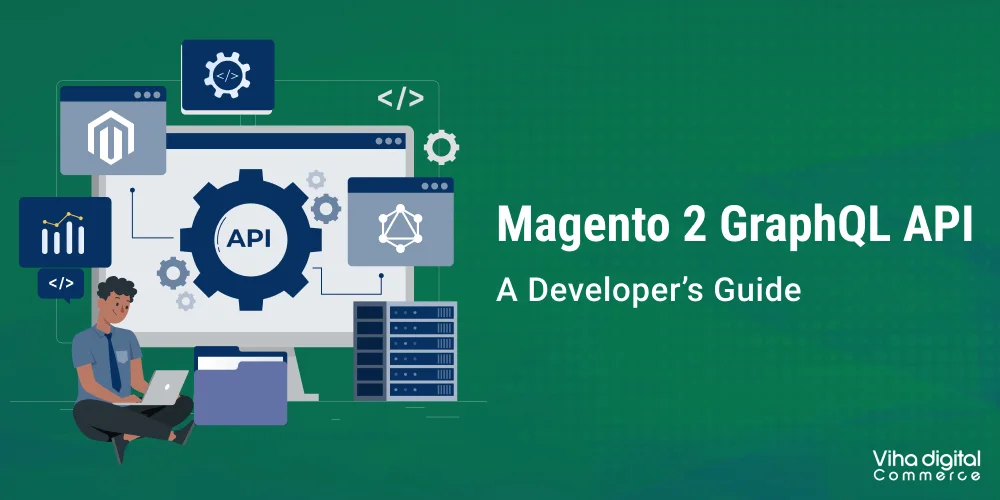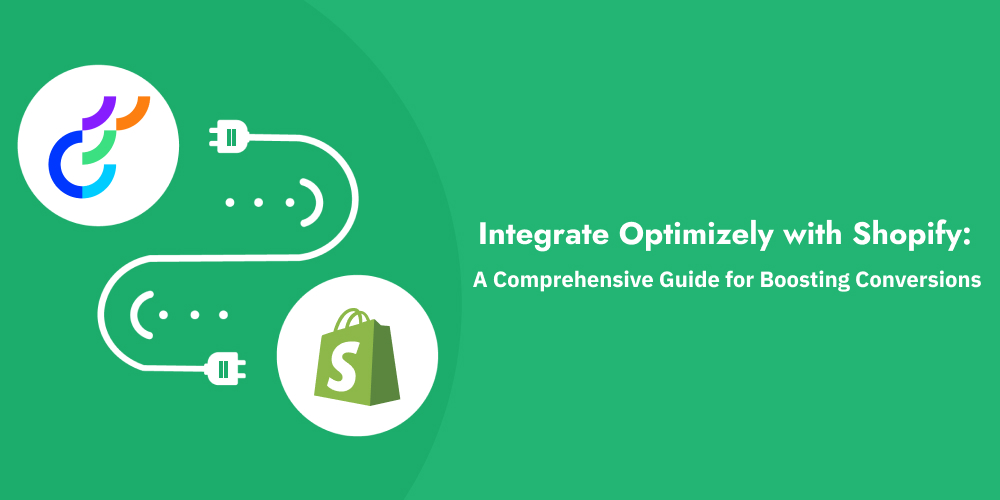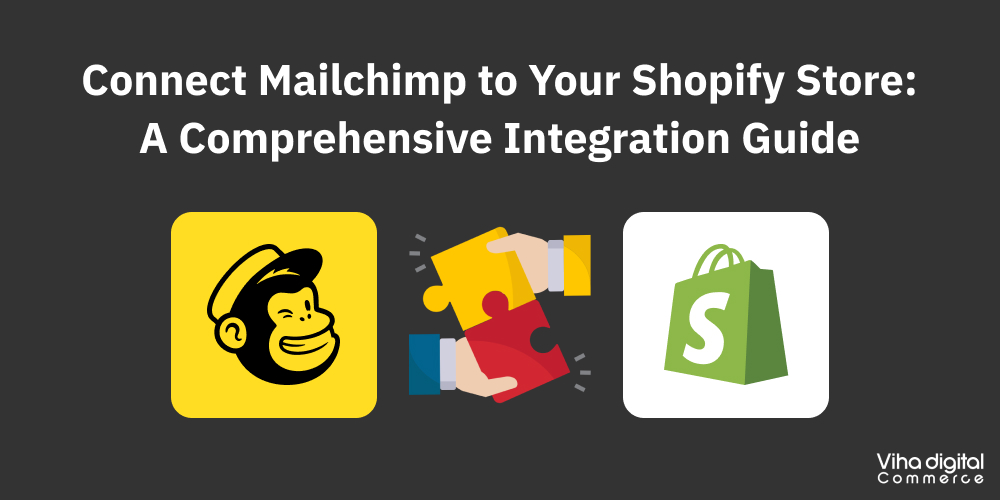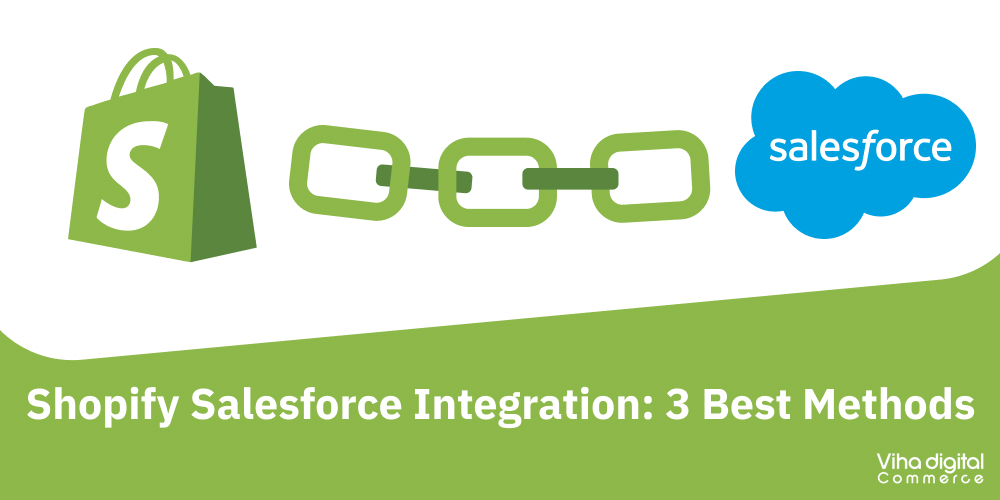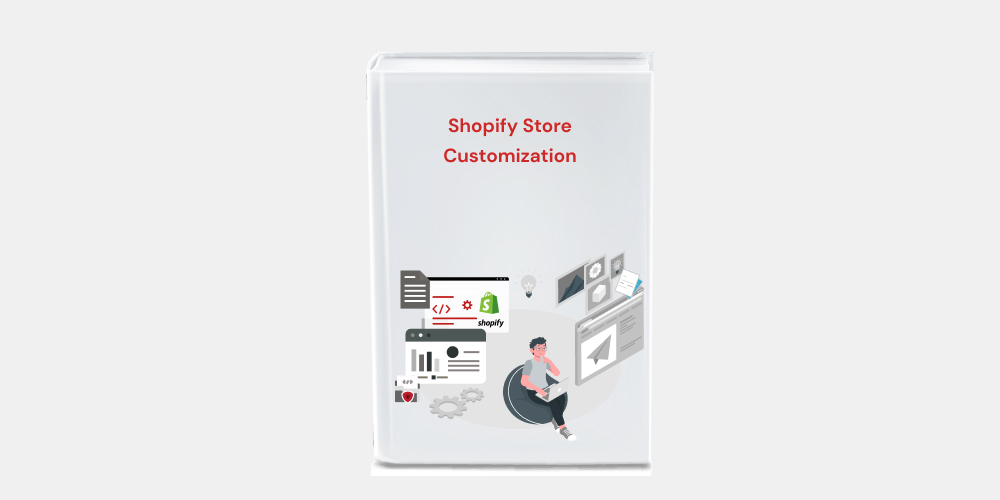
How to Customize your Shopify Store?
You want to learn how to create a truly amazing Shopify store through an Expert Shopify Developer. You’ve sifted through dozens of Shopify themes but haven’t found one that works for you, or you’ve tried one but aren’t happy with the results.
In either case, optimizing the theme to make it work for you is a must.
With that in mind, we’ll walk you through the Shopify theme customization process. By the conclusion of this, you’ll have a fully functional Shopify store that converts.
Step 1: Choose an appropriate theme
If you don’t already have one, here’s a beginner’s guide to finding a good theme and updating your current one.
Step 2: Customization Tools for Shopify Themes
Most Shopify themes can be somewhat customized using the basic Shopify editor. Go to the Online Store > Themes > Customize for the theme you want to modify.
The tool allows you to make basic changes to your theme, such as altering graphics, rearranging sections, changing font sizes, and so on. It’s really simple.
Overall, its primary role is to allow you to include any images and text you want within the theme. There are a few options for changing colors, effects, styling, and other such things.
You have three options for more complex and beneficial optimization techniques:
Option # 1 is to use a page builder program like Gempages Page Builder. Individual pages can be created using a drag-and-drop interface in these apps. They also have pre-made sections and layouts to make your life easier. If you want to design complicated and high-performing custom landing pages, this is a good option.
Option #2: Use a customizable theme, such as EcomSolid, which has its own more comprehensive editor.EcomSolid allows you to customize your theme by adding animation effects, headers, footers, sales booster add-ons, and so on. Because you won’t have to pay for other apps, this is a comprehensive and cost-effective alternative.
Option #3: Editing the Shopify theme’s code. Go to: Online Store > Themes > Action > Edit Code to get there. This is a hard process that should only be attempted by experts, but if you need some suggestions, we offer a tutorial on adding custom CSS to Shopify.
Now that you’ve determined what tools you’ll require, it’s time to get to work optimizing pages. Make sure to pay great attention to each step.
Step 3: Create a powerful landing page
A landing page would be an excellent place to begin.
Themes rarely include landing page templates, and even when they do, there are far too many variables for them to function correctly.
Whatever your goal is, whether it is to generate sales or gather emails, a bespoke landing page is essential to get the highest number of conversions.
Using a page builder is usually the best method to accomplish this.
Step 4: Optimized product pages for conversion
Only 0.9% of Shopify mobile visitors make a purchase. The remaining 99.1% leave and never return.
In fact, if your conversion rate is less than three times higher than 0.9, you have a problem: your product page is failing you.
To help you prevent this, we’ve outlined the critical elements of high-converting one-product pages.
These will provide you with ideas for optimizing product pages. What’s more, we recommend which themes to use and which Shopify theme customization to put on your store’s product page.
Step 5: Make changes to the Checkout page to reduce cart abandonment
If you already have a Shopify store, please do me a favor and navigate to Orders > Abandoned Checkouts in the Shopify admin.
You’re likely to notice a slew of consumers who made it all the way to the checkout only to abandon their carts.
This is mainly due to your theme not optimizing the checkout page.
You may improve your customers’ experience and reduce cart abandonment by modifying the checkout page yourself. It could be the most effective change you ever make.
Step 6: Customize the Shopify Cross-selling thank you page
Even after a buyer has made a purchase, your work is not finished.
Consider that They’ve already made the important decision to shop at your store. Any additional offers from you will now appear more appealing.
Consider tailored product recommendations on the Thank You page to encourage impulse purchases or a survey to gather more information. All of these choices are available when you edit the Thank you page.
Step 7: Create an incredibly inspiring “About Us” page
Imagine a situation when you’ve discovered a store with tempting products, but you’ve never heard of the brand. How would you know whether they are reliable enough to buy from?
Of course, you’ll visit the About Us page.
An excellent About Us page allows you to tell your customers your story, explain why they should trust you, and ultimately encourage them to buy.
An exciting About Us story can definitely make a difference in a competitive market!
Step 8: Create a Coming Soon page for early leads
It takes time to build a new store. If you wait until it is completed, you may miss out on opportunities to expand your brand, gather feedback, and establish an audience.
Instead, you can invite your friends or existing customers to subscribe, and they will be notified when your business is ready. You’ll have guests as soon as you start!
Sounds intriguing?
Then you should think about building your own Shopify coming soon page right away!
Start creating blogs on Shopify to boost traffic:
One major challenge that every small business owner will face at some point is depending too heavily on advertising.
For serious merchants, one efficient solution is to create a blog and begin earning organic traffic. The more material you generate, the more organic search traffic you will receive, some of which will convert you into purchasers.
Furthermore, by developing your own blog content, you project a trustworthy and helpful image to customers.
Such a change cannot be missed.
Let’s do it.
Let us get started!
You can customize a Shopify theme by following the above guide. If you are not tech-savvy, you can also hire our Shopify Theme Customization services at very affordable rates.
If you have any questions or comments, please reach us at info@vihadigitalcommerce.com.
